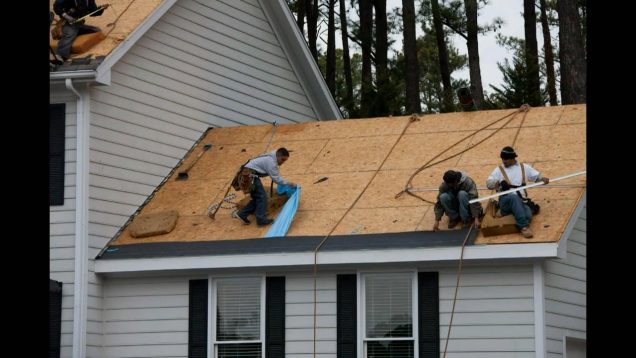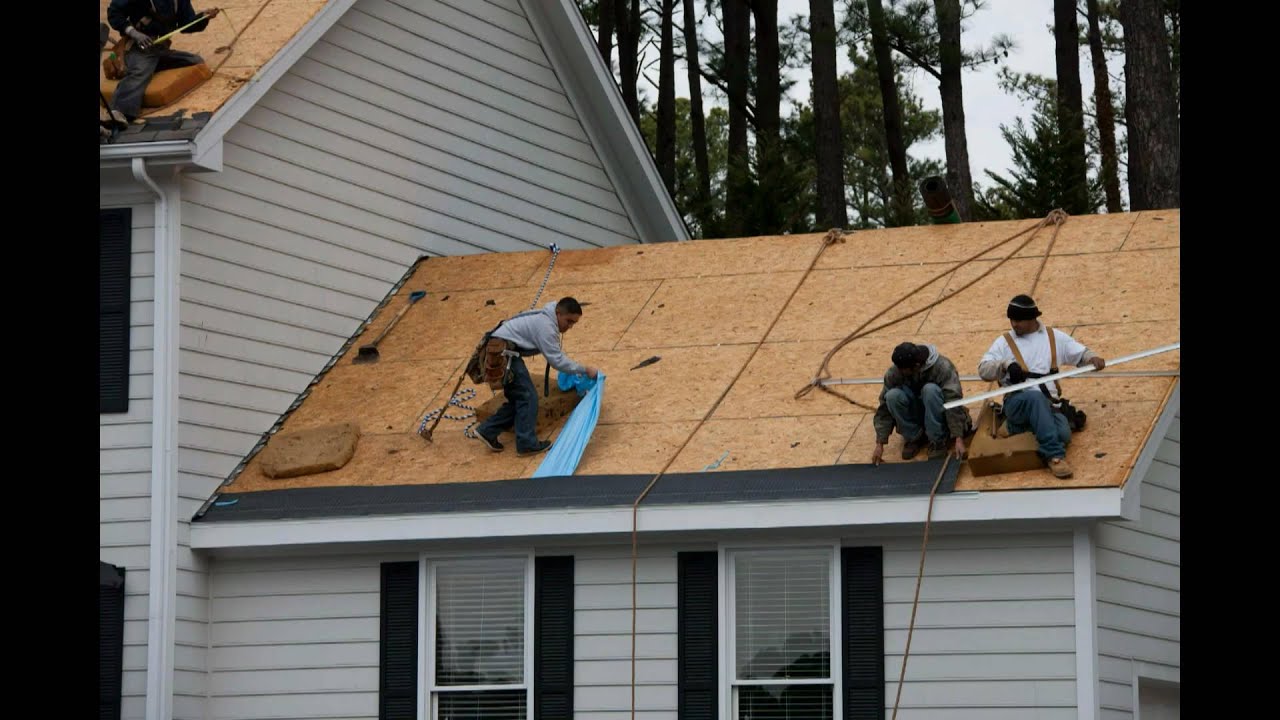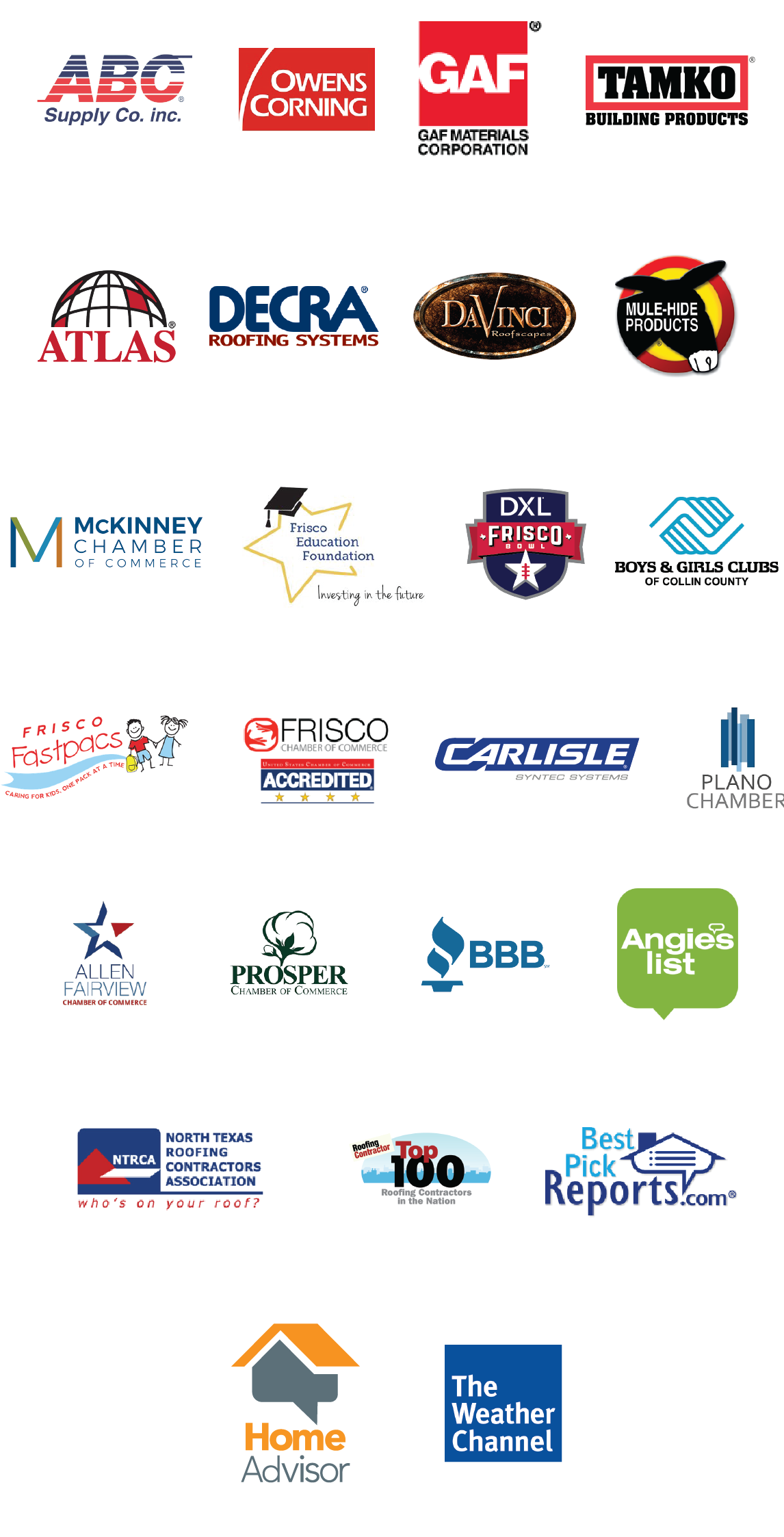The Four Types of Flashing Your Roof May Use
The flashing on your roof is an essential part of your property. The flashing is a metal strip that goes on the edges and seams of your roof. The pieces that make up your flashing layout will go on the places where water is likely to go through the shingles and possibly to the underlayment. You’ll need enough flashing around your roof to ensure the area stays safe and will not leak.
There are four types of flashing that may be incorporated in your roof. You’ll have to get the correct form ready at your property to ensure flooding will not become a threat. Our professionals at Town and Country Roofing can help you with all of these flashing forms for your roof, but you will need to take note of what makes all of these options different for your property.
Base
The first type of flashing for your roof is base flashing. The body is a form of flashing that goes directly on the roof. The flashing may work for areas where they are dips or changes in slope. Such changes may be vulnerable in rainy conditions. Having base flashing around these parts will be essential in preventing the areas around your roof from leaking or wearing.
The design is the most basic form of flashing that your home can utilize. The flashing provides a firm barrier that protects the quality of your roof and ensures the layout stays healthy.
Cap
Cap flashing (counter flashing) goes around your chimneys, walls, and other flat areas. The layout provides a better sense of protection all around and can provide enough protection around many parts of your roof that might be fragile or at risk of premature wear.
Drip
The edges of your roof require protection, as the gutters need to collect rain. The appropriate form of flashing will work along the edges to allow water to move into the channels, thus ensuring water moves away from your home when it rains. Drip flashing can go along these ends to protect the full layout. The design provides protection ensuring a secure setup for leak prevention.
Valley
The fourth form of flashing to note is valley flashing. The material goes on the valleys around your roof. The flashing has to move well over these valleys to allow moisture to go off of the area and roll off of your roof. You’ll need these to prevent excess weight from building up after a rainstorm.
Our professionals at Town and Country Roofing can help with flashing. You’ll need help with getting all of these flashing materials ready, but we are here to help you with all those needs you might have for your property. Contact us today to learn more about how we can assist you with your home’s roofing needs.




 Let us inspect your roof's condition, repair damaged shingles, reseal flashings, replace plumbing boots, re-caulk exposed nailheads or staples, and more!
Let us inspect your roof's condition, repair damaged shingles, reseal flashings, replace plumbing boots, re-caulk exposed nailheads or staples, and more!
 Addison,
Addison,